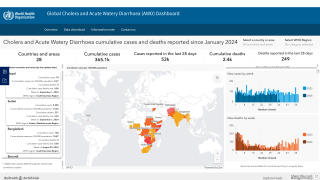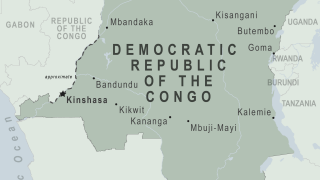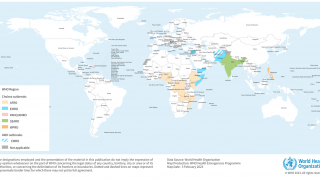Child Mortality Rates Varied as Much as 10-Fold Between Districts Within a Country

A new study used geo-referenced data and robust statistical methods to publish a high-resolution atlas of child death counts and rates since 2000, covering countries that account for 93 percent of child deaths.
The vast majority of the 17,554 districts among the 99 nations studied saw improvement in lowering child deaths, but levels of inequality between districts were more variable over the study period.
This study found approximately 5.4 million children died before their 5th birthdays in 2017, as compared to 9.7 million in 2000.
These high-resolution estimates can help decision-makers to structure policy and program implementation and facilitate pathways to end preventable child deaths by 2030.
The study published in Nature on October 16, 2019, is the first of its kind, mapping child deaths in 99 low- and middle-income countries at the level of individual districts.
An interactive visualization accompanying the research compares child death rates from year to year.
The research, conducted by the Institute for Health Metrics and Evaluation (IHME) at the University of Washington’s School of Medicine, looks at countries where more than 90 percent of child deaths occurred in 2017.
The mortality rates varied as much as 10-fold between districts within a country.
Across all countries studied, the likelihood of a child dying before age 5 varied more than 40-fold at the district level.
“It is as reprehensible as it is tragic that, on average, nearly 15,000 children under age 5 die every day,” said Dr. Simon I. Hay, the senior author on the study and Director of the Local Burden of Disease (LBD) group at IHME, in a related press release.
“Our findings provide a platform for nations’ health ministers, clinicians, and others to make focused improvements in health systems.”
Researchers estimated that if every district in the low- and middle-income countries studied had met the Sustainable Development Goal (SDG) target of at least as low as 25 child deaths per 1,000 live births, 2.6 million fewer children would have died over the study period.
If every district within a country rose to the level of the best-performing district in that country, the estimated number of deaths averted rises to 2.7 million.
Despite major gains in reducing child deaths over the past 20 years, the highest rates of death in 2017 were still largely concentrated where rates were highest in 2000.
For example, in Rwanda, the highest district-level rate of child deaths in 2017 was less than half that of the lowest district-level death rate in 2000 – gains partially attributed to investments in children’s health in the poorest communities, expansion of health insurance, and increasing numbers of community health workers.
The study estimates both rates and absolute numbers of deaths by district, presenting a complete picture of global child mortality that illuminates important trends and patterns.
All estimates produced from this research are publicly available at the Global Health Data Exchange.
The Institute for Health Metrics and Evaluation (IHME) is an independent global health research organization at the University of Washington School of Medicine that provides the rigorous and comparable measurement of the world’s most important health problems and evaluates the strategies used to address them.
The study was funded by the Bill & Melinda Gates Foundation. No conflicts of interest were disclosed.
International Vaccine news published by Vax-Before-Travel
Our Trust Standards: Medical Advisory Committee























